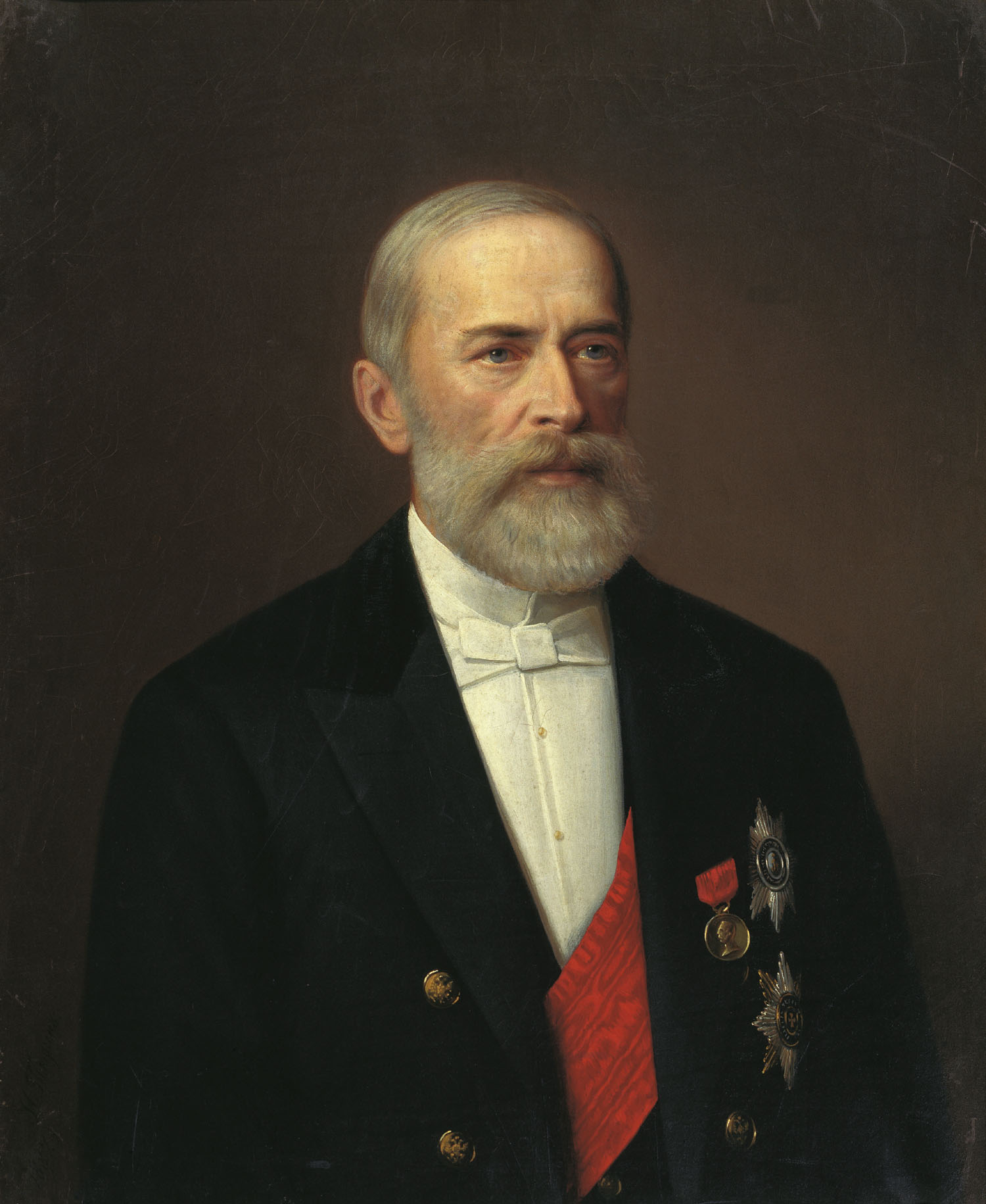Peasants' Land Bank on:
[Wikipedia]
[Google]
[Amazon]
 The Peasants' Land Bank (russian: Крестьянский поземельный банк) was a
The Peasants' Land Bank (russian: Крестьянский поземельный банк) was a
 The Peasants' Land Bank (russian: Крестьянский поземельный банк) was a
The Peasants' Land Bank (russian: Крестьянский поземельный банк) was a financial institution
Financial institutions, sometimes called banking institutions, are business entities that provide services as intermediaries for different types of financial monetary transactions. Broadly speaking, there are three major types of financial insti ...
of the Russian Empire
The Russian Empire was an empire and the final period of the Russian monarchy from 1721 to 1917, ruling across large parts of Eurasia. It succeeded the Tsardom of Russia following the Treaty of Nystad, which ended the Great Northern War. ...
founded during the reign of Tsar Alexander III
Alexander III ( rus, Алекса́ндр III Алекса́ндрович, r=Aleksandr III Aleksandrovich; 10 March 18451 November 1894) was Emperor of Russia, King of Poland and Grand Duke of Finland from 13 March 1881 until his death in 18 ...
, by Nobles'. The Peasants' Land Bank in 1885 was created to help peasants purchase their own farms. The Peasants' Land Bank was somewhat limited in its effectiveness by a lack of funding; it was also not nearly as generous as the Nobles' Land Bank
Nobles' Land Bank (russian: Дворянский земельный банк) was a bank operating in the Russian Empire founded in 1885. The bank was created to provide cheap loans to Russian landed nobility as the mortgages of their estates.
H ...
, which had lower interest rates. Bunge also abolished the Poll Tax
A poll tax, also known as head tax or capitation, is a tax levied as a fixed sum on every liable individual (typically every adult), without reference to income or resources.
Head taxes were important sources of revenue for many governments fr ...
, which was only paid by peasants, in 1886, which helped to reduce the financial burden the peasants faced.
The Bank began operations in April 1883, with nine branches. In 1888 its activity was extended to include the Kingdom of Poland
The Kingdom of Poland ( pl, Królestwo Polskie; Latin: ''Regnum Poloniae'') was a state in Central Europe. It may refer to:
Historical political entities
*Kingdom of Poland, a kingdom existing from 1025 to 1031
*Kingdom of Poland, a kingdom exist ...
; by 1891 it had thirty-nine branches.
Each bank was managed by a council consisting of: a manager; an assistant manager; three others appointed by the Ministry of Finance A ministry of finance is a part of the government in most countries that is responsible for matters related to the finance.
Lists of current ministries of finance
Named "Ministry"
* Ministry of Finance (Afghanistan)
* Ministry of Finance and Ec ...
; and lastly a member representing the Ministry of Agriculture
An agriculture ministry (also called an) agriculture department, agriculture board, agriculture council, or agriculture agency, or ministry of rural development) is a ministry charged with agriculture. The ministry is often headed by a minister ...
.
Under Peter Stolypin
Pyotr Arkadyevich Stolypin ( rus, Пётр Арка́дьевич Столы́пин, p=pʲɵtr ɐrˈkadʲjɪvʲɪtɕ stɐˈlɨpʲɪn; – ) was a Russian politician and statesman. He served as the third prime minister and the interior minist ...
the Land Bank was extended to make it easier for the peasants to set up their own farms and by 1907 670.3 million roubles had been repaid out of a total of 2012 million.
References
Sally Waller, Oxford AQA History, Tsarist and Communist Russia (1855-1964) Defunct banks of Russia Banks established in 1882 Banks with year of disestablishment missing 1882 establishments in the Russian Empire Banks of the Russian Empire {{Russia-hist-stub